THE YOUNGEST ARTISTS OF ART MADRID'18
Jan 10, 2018
art madrid
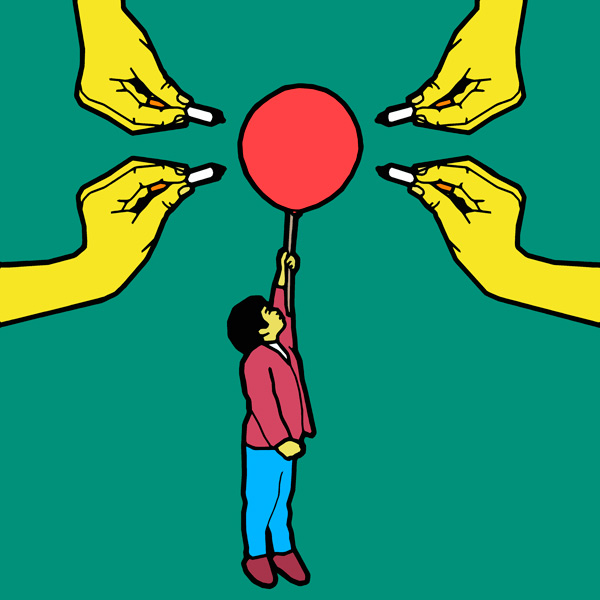
L'Homme jaune, “Syria”, acrylic on canvas.
The theory of the end of Art, by Arthur C.Danto, very much in line with the discursive approach to contemporary art developed over the last decade, has favored thousands of pages of essays and no less questions. Danto says: "Art has died. Its current movements do not reflect the least vitality; they do not even show the agonizing convulsions that precede death; they are nothing more than the mechanical reflex actions of a corpse subjected to a galvanic force". We can only respond with examples of young artists, the youngest of Art Madrid, in whose work there are criteria, there are references and there is talent.
In 2009, an Australian consultancy determined the year 1980 as the one that defines the millennial generation, a generation grown with the democratization of information and decision-making processes thanks to the Internet (their daily food), thus being one more civi generation, more critical and more cultured, according to the authors Strauss & Howe in their book entitled Millennials Rising: The Next Great Generation. We do not know if this is true in all cases, but we know of some cases in which it is met.
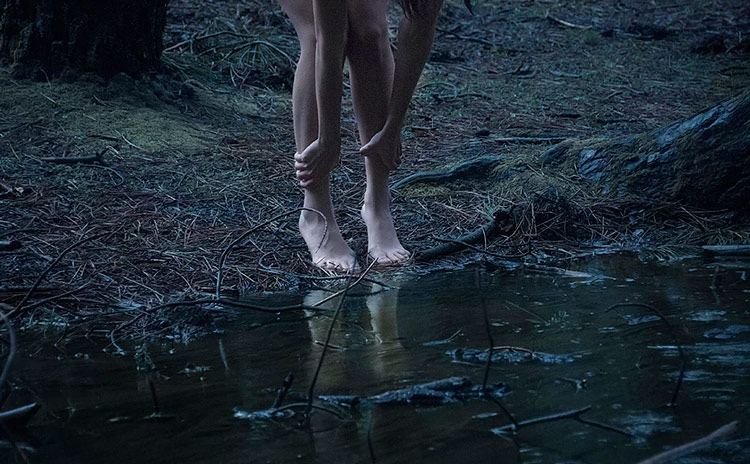
Irene Cruz. “Stimmung IX”, photography on paper, 2013.
It is fulfilled in Irene Cruz (1987), photographer and video artist who already has performed more than 300 exhibitions around the world and who in 2015 became the youngest photographer to participate in Photoespaña festival. Her work has earned the recognition of La Quatrieme Image Fair in Paris and she was considered the Emerging Artist with the most international projection by the specialized jury of Why on White in 2017.
Cruz repeats in Art Madrid, with the Madrid gallery Mercedes Roldán on this occasion (for the first time at the fair), and with her series Stimmung. "They are inquiries of my interior, landscapes in which I integrate the body to create scenes in which it is mixed with the elements of nature. The body enters into it in many intriguing ways". The title, given by the German word Stimmung, is very important. It means at the same time state of mind, humor, spirit, climate, tendency, moral... The body transmits the atmosphere of the landscape, and the landscape reflects the feelings of the figures.
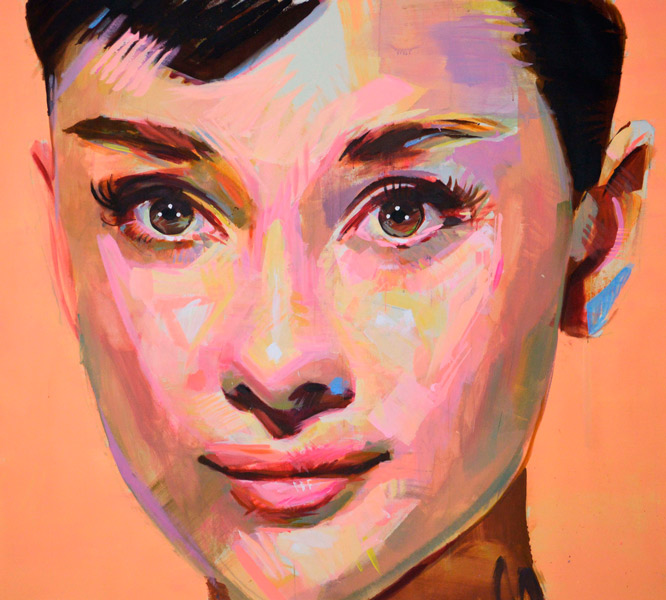
José Ramón Lozano, “Audry Hepburn II”, acrílico sobre tela, 2017.
The gallery BAT Alberto Cornejo, from Madrid, works with an eclectic concept of art and combines established artists (they have one of the most interesting avant-garde Spanish collections in the city) with young creators of all disciplines. One of the artists with whom they come to Art Madrid 18 is José Ramón Lozano (1983), a specialist in portraits with whom he generates, thanks to a colorful and vivid realism, "a turbulent dependence on his works and establishing a powerful link with the public". Just look them straight in the eyes. Those eyes.
In the section of painting, it deserves special attention Hugo Alonso (1981), with the Catalonian gallery Miquel Alzueta, a space in constant renovation and in which today artists from different generations live together, from the classics, to the most emerging, as a reflection of the different lines that make up the art mosaic of the 21st century.
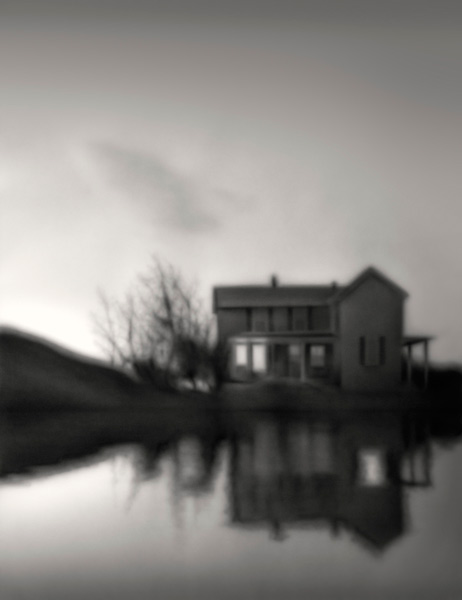
Hugo Alonso, “November 07”, acrylic on paper, 2017.
Alonso develops hybrid and transdisciplinary projects. Initially pictorial, his work has been expanding to other fields such as video, sound or audiovisual installation and in his works it is difficult to mark the border between painting, photography or digital image because, after collecting images from the cinema or the Internet, he manipulates them with digital procedures and a final process in traditional painting. "In my work, I explore the relationships between the cinematographic reality and our daily reality. Also the possible analogies between the history of painting and cinema. Filmic fiction helps me to know the environment in which I live and to know myself. The cinema is my source of visual and conceptual resources."
Among the youngest creators of the fair is Rebeca Sánchez (1986), visual artist and painter that, however, develops a large part of her work in the sculptural medium with disturbing hyperrealistic human figures in resin with which she shows the shadows of the human being, their vices and their fears. The artist comes to the fair with the Leucade gallery, from Murcia, founded in 2013 by Sofía Martínez Hernández with the intention of innovating and being a revulsive of the art world of the city so, for many, it is something like The Factory: a meeting point for artists from all artistic disciplines, a space for free creation, workshops and a confluence of experiences.

Rebeca Sa?nchez, “El hombre sentado en el sofa?”, polyester resin, natural hair, 2017.
The Rodrigo Juarranz Gallery (Aranda de Duero) considers art as a whole, without distinguishing between genres or disciplines, and selects with great intuition the new values included in its portfolio. Diego Benéitez Gómez (1986) is one of them. With a very short career (he paints only since 2010), he already has dozens of samples to his credit, both individual and collective. Self-taught and educated in urban art, he finally opted for painting and he has in Skyline one of his most representative series: horizon lines, "pictorial spaces" almost abstract for their simplicity, perfectly defined strips of color that present us an horizon or a metaphysical question, perhaps about the weight of existence, perhaps about the divine and the human, perhaps about the landscape and its symbolic extension.
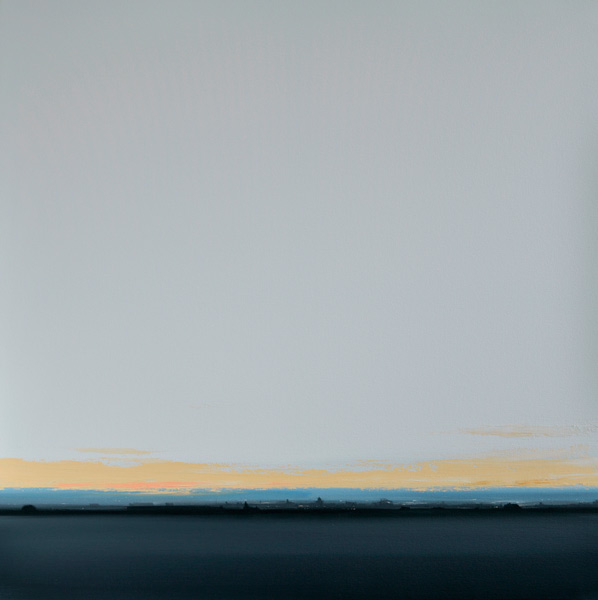
Diego Bene?itez, “El poder del tiempo”, mixed technique on canvas, 2017.
L'Homme Jaune, artistic name of the Algerian Yasser Ameur, is a play on words between Jaune, yellow, and Jeune, young, being the Yellow Man and, at the same time, The Young Man. Ameur, born in Blida in 1989, holds a degree in Environmental Engineering from the University of Mostaganem and his arrival in art was as natural as surprising. Self-taught, he found in his yellow men a channel to express his own vision of the world: everyday scenes, of the streets, of the cafes, of the beds... in which the yellow represents the human being born of this society, a sick man, hypocritical and perfidious, which connects with the popular Algerian expression "yellow smile" to refer to falsehood and lies. L'Homme Jaune comes to the fair with the Parisian gallery Norty, specialized in art brut and expressionism, one of the riskiest proposals of the fair.
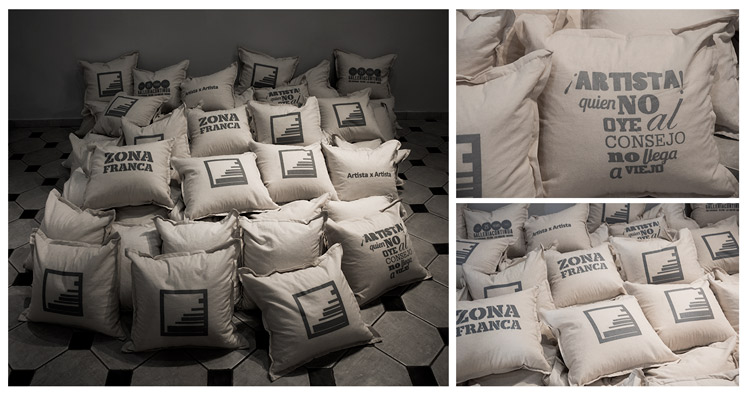
Carla M. Bell, “Sistemica”, instalation, 2017.
Undoubtedly, the youngest artist of Art Madrid'18 is Carla Maria Bellido de Luna, born in Havana, Cuba, in 1993. Graduated from the National Academy of Fine Arts of San Alejandro and at the Higher Institute of Art of Cuba, Bellido she questions with his painting (also photography and installation) the cultural constructions that shape the concepts of truthfulness, subjectivity or imagination. "My work constantly refers to the structures and phenomena that define consciously or unconsciously what we produce from the field of arts. I am interested in exploring the models of reproduction intrinsic to these phenomena, how much we depend -as cultural subjects- of what we consume, of what precedes us". Bellido affirms that every artist can only speak of his own experience and situates herself, thus, almost in the field of the spectator, staying as a passive observer to see how her work is determined by external issues: country, social context and even typical structures of the art system. She will be in Art Madrid with the Carbo Alterna gallery, created in Cancun by Alexander González Carbó, a representative for more than a decade of the work of Maestro Manuel Mendive. It is a space for non-governmental artistic creation, founded in Havana by four young artists to promote the work of emerging artists who reside inside or outside the island.


















